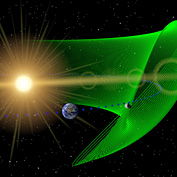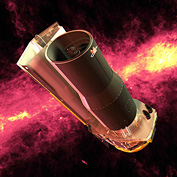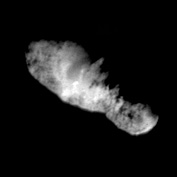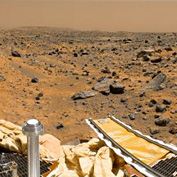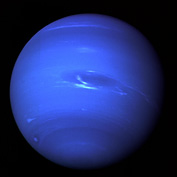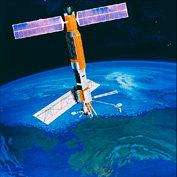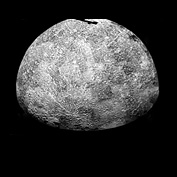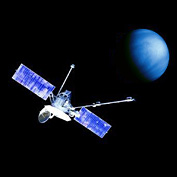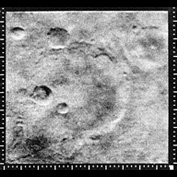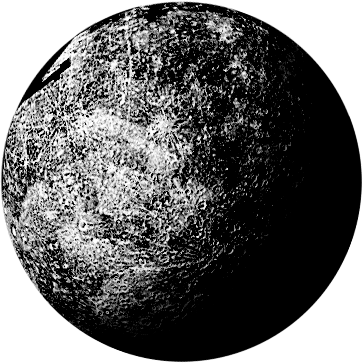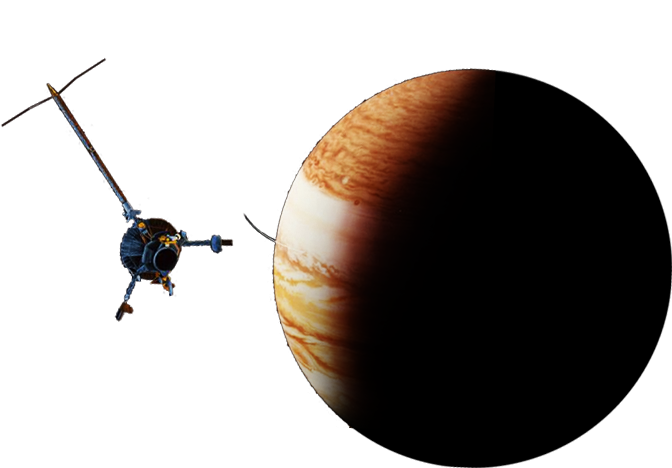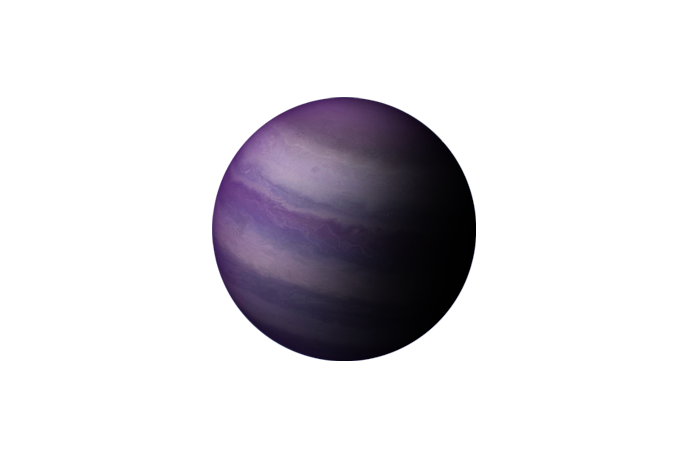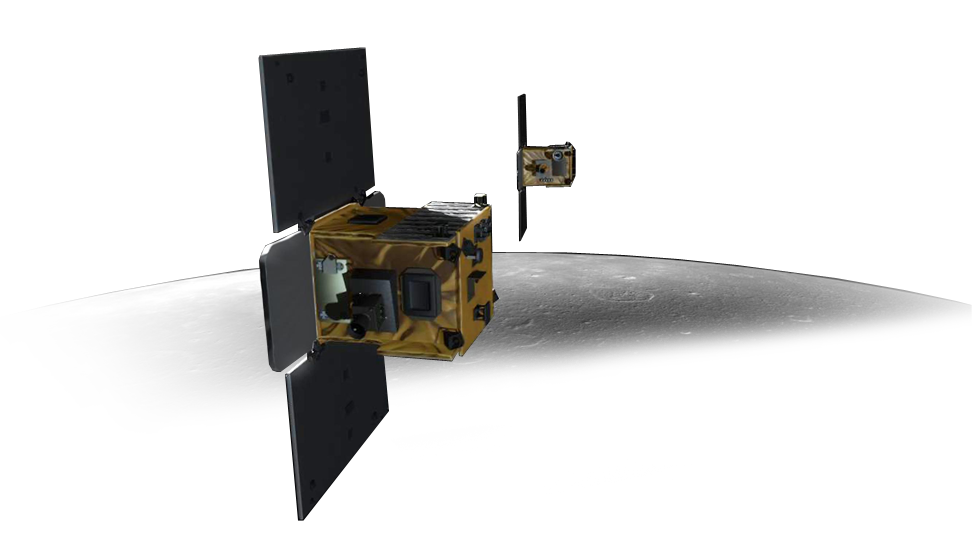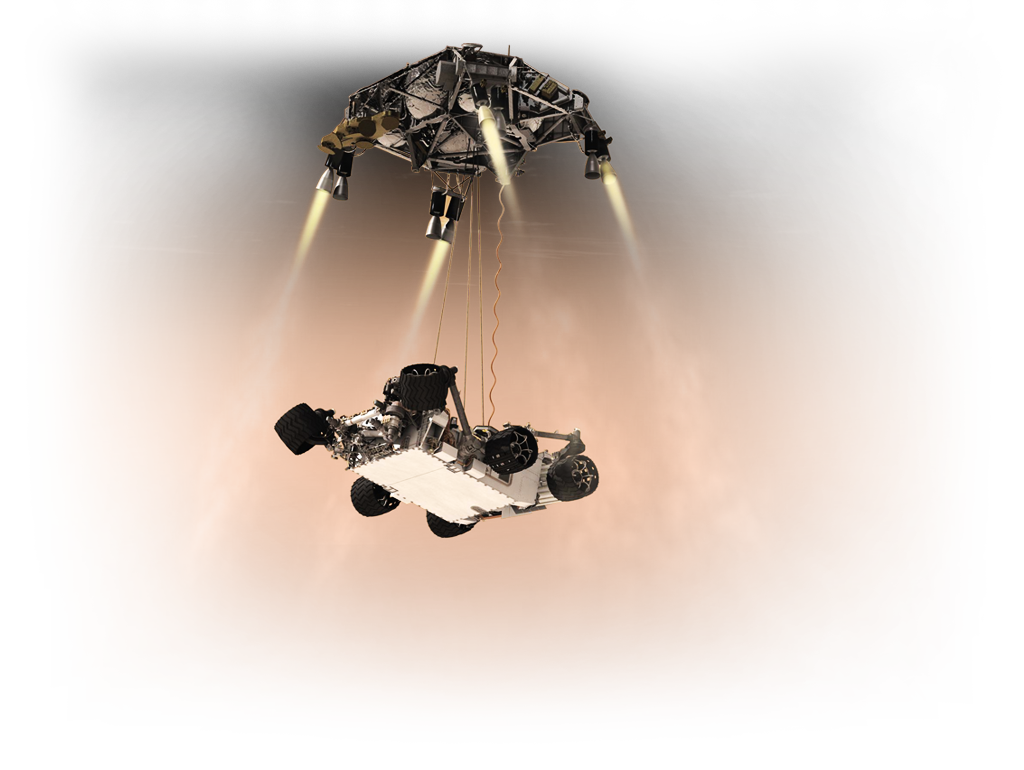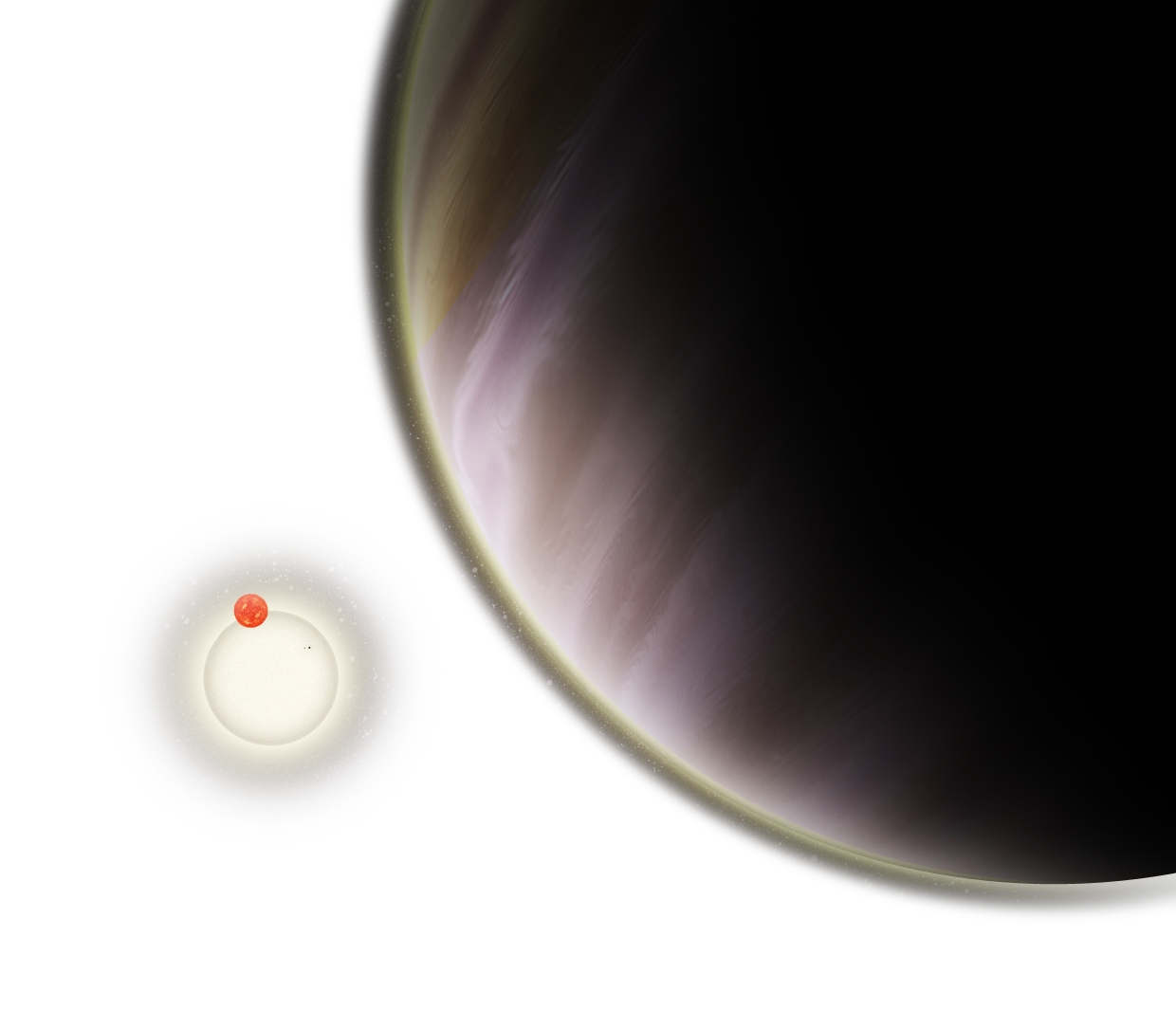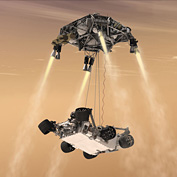
AUGUST 6, 2012
First Skycrane Landing
Curiosity
As rovers get bigger and bigger, landing them gets tougher. That becomes the challenge for the engineers designing the Curiosity rover, the largest and most technologically advanced Mars rover ever built. Too big to land using the airbags that were successful on previous Mars rover missions, Curiosity calls for something new. So engineers come up with a novel system called the Sky Crane to lower the car-size rover to the Martian surface. While gasp-inducing with its system of rockets and a bungee-like umbilical cord, the Sky Crane precisely delivers Curiosity to the surface of the Red Planet before flying off to crash safely in the distance. The elegant touchdown, which allows for zero margin of error, is a seminal moment for the rover mission designed to investigate whether Mars has ever offered an environment favorable for microbial life.


